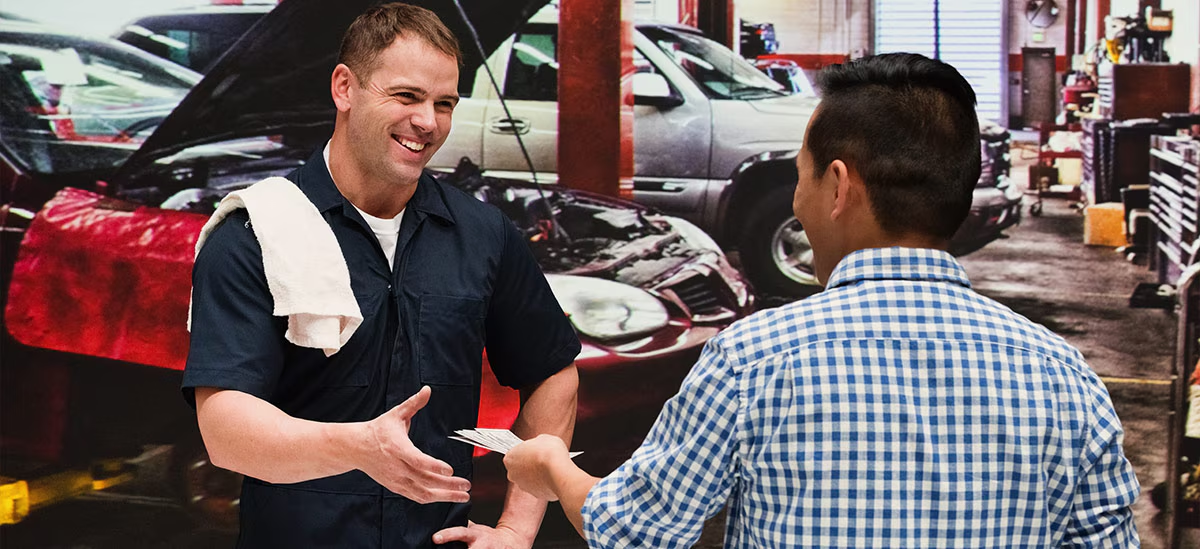The True Cost of Car Ownership: Beyond Fuel and Insurance
The actual cost of the car ownership extends more than just fuel and insurance expenses, and includes a number of unseen factors that significantly affect the owner of a vehicle. One of the biggest hidden costs is depreciation, which is the loss of the car value over time. New cars usually lose about 20% of the value during the first year and can reduce more than 50% in five years. This depreciation is a sufficient financial hit, as it reduces resale or trade value, effectively represents a cost that the owners tolerate, even if they do not pay directly from the pocket for it.
In addition to depreciation, maintenance and repair costs are important components in car ownership expenses. Routine maintenance such as changes in oil, tire rotation and brake service vehicles is necessary to run smoothly, but can be deposited in a considerable amount over time. Unexpected repairs, which may include motor or transfer problems, can also occur, leading to expensive bills. These expenses grow as the car's age, especially after the warranty is over, long -term ownership becomes more expensive than more estimates. In addition, parking fees, taxes, registrations and other state fees also add the total cost, often differ from the site and sometimes surprise owners.
Finally, while the cost of insurance premiums and fuel is more visible and regular for budget, they still represent enough running costs. The insurance premium varies widely depending on drivers' age, vehicle type and location, the average with full coverage is $ 2000 annually, but potentially is very high depending on the circumstances. The cost of fuel with gasoline prices and driving habits UPS downs, and some vehicles may require premium fuel or additives.



Comments